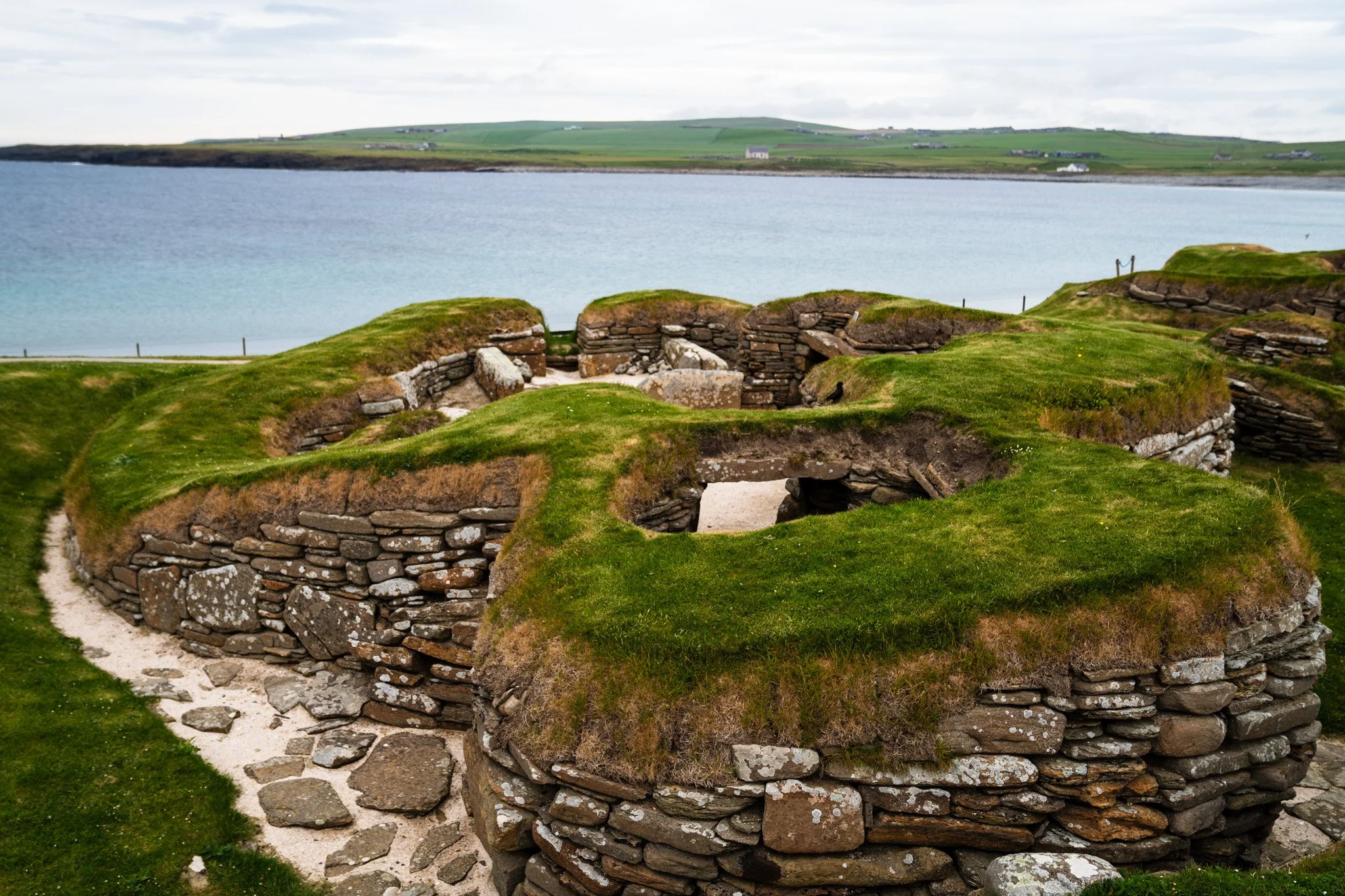Hiking the Highlands
By Aiden Brown
There is no better way to learn about Scottish culture than interacting with it in the flesh. Through this two week long May-term trip, Lycoming College creative writing and biology students traveled across the Scottish Highlands and watched the stories they studied in the classroom come to life. They observed Scottish wildlife and re-wilding efforts, understanding the revival of Gaelic culture and language.
Students got to experience nearly every type of Scottish landscape, with their journey starting in Edinburgh, they hiked their way up through Aberdeen, Loch Ness, the Cairngorms, Insh Marshes, Dundreggan Rewilding Centre, and landing in Orkney. Along the way, there were many stops at museums such as the Grassic Gibbon Centre, castles and graveyards where history seeped through stone. Throughout the trip, students also kept a journal of their wildlife observations such as what flowers bees liked the most, where puffins liked to hang out, what types of moss grows on various castles, and a little bit of foraging!
Students learned how to interact with the environment in a green and sustainable way, too. Scotch is a staple of Scotland, and the students got to visit Arbikie Distillery where they have mastered the art of making spirits with a low carbon output.
A highlight of the trip that many students shared was a love for Neolithic Orkney placed at the end of the trip. Over the course of the previous week and a half, the emersion of Scottish culture prominently impacted how students perceived ancient sites. Upon arriving in Orkney and experiencing the Ring of Brodgar, Maeshowe ‘Tomb’, the stones of Stenness, and Skara Brae Village, the folklore they’d heard and concept of time made sense. For Americans, it’s often difficult to perceive ancient time as they do not have artifacts at the ready to visit and study. The final project of the students on the trip was to create a portfolio of writing: scientific writing on an environmental issue, fiction, and poetry. Most students incorporated the folklore of Orkney into their writing after seeing Neolithic sites that have been pondered upon for thousands of years. Orcadian storyteller, Tom Muir, even came to give the students an hour of storytelling. The room filled with ‘oh’s’ at every story close as the students realized that they had visited that place on their may term and truly experienced a tale that prominently shaped Scottish culture. For example, Assipattle and the Stoor Worm describes how the Orkney isles came to be. It was extremely special to sit there with an Orcadian and share his stories.















